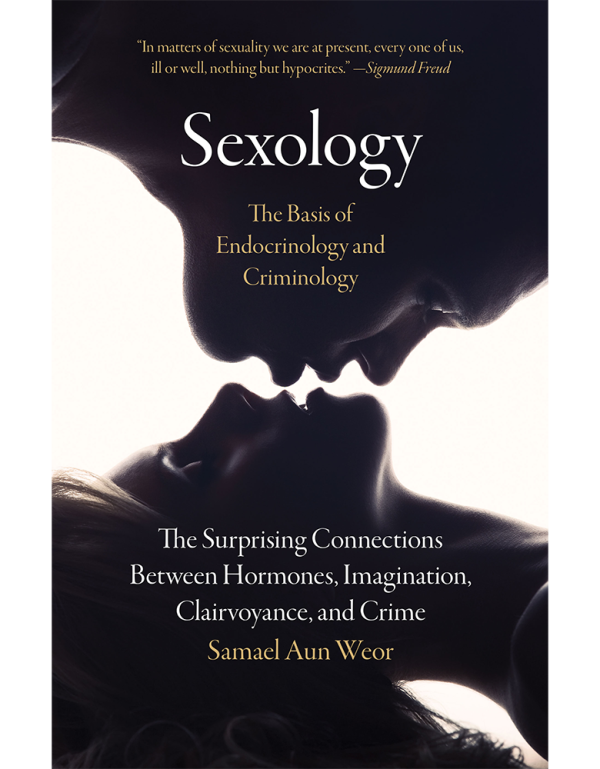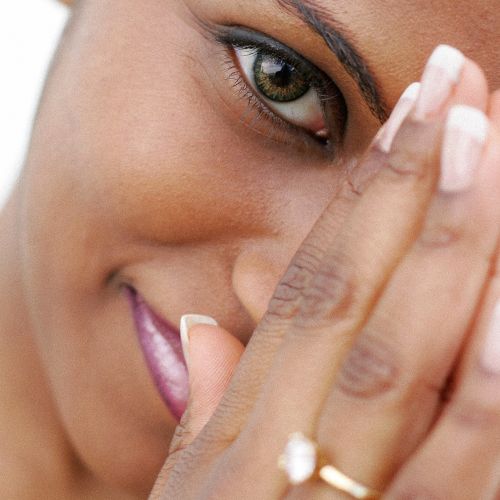
Sexology, the Basis of Endocrinology and Criminology
The Surprising Connections Between Hormones, Imagination, Clairvoyance, and Crime
A book by Samael Aun Weor
Get the Paperback
Get the Ebook
Details
- 262 pages
- Illustrated
- Paperback 5.5 x 8.5 inches
- Print ISBN 9781943358038
About the Author
Topics
Each of us was created through sex, and every day we are influenced by sex. Our hormones influence us continually, in our thinking, feeling, and body. Therefore, it is simple logic to recognize that a saint or holy person is a result of a upright, pure sexual life, while a criminal or a liar is the result of a degenerated, impure sexual life. The sexual energy of a saint fills their heart, mind, and body with pure thoughts, pure emotions, and vitalizing energy. The sexual energy of a criminal fills their heart, mind, and body with degenerated thoughts, emotions, and energy. Therefore, if we want a better life, we simply need to learn how to use our sexual energy in a better way. We can do so by understanding the connections between three sciences: sexology, endocrinology, and criminology.
Sexology studies love, the most powerful force in human life. It inspires our greatest acts, sustains us in difficult times, gives us hope, inspiration, and purpose. But more than that, love is the power that turns the common person into a superhuman. The sexual energy — which fuels the love of a couple and creates children — is also the wellspring of the love expressed by the greatest human beings, such as Jesus, Buddha, Joan of Arc, etc. While it is well known that serious spiritual seekers preserve their sexual energy for spiritual purposes, science has largely ignored why. The preservation of the sexual energy (called chastity, tantra, alchemy, karezza, coitus interruptus) supercharges the endocrine system and the brain. On the other hand, the worst human beings are always sexual degenerates whose bodies and minds are decayed.
Endocrinology studies the active agent of sex: our endocrine system, the incredible power of hormones. The hormones not only push us towards sexual activity, they also power the pineal and pituitary glands, which facilitate our ability to imagine, to “see” with our “mind’s eye.” The hormones influence the brain and the heart: when a person is in love, the hormones inspire that love, and raise the quality of life to the highest, while also filling the mind with beautiful visions of the beloved. When a person is afflicted by lust, the hormones saturate the brain and heart with lustful desire and degenerated, selfish fantasies.
For the suprasexual, the hormones are the vitalizing influence that regenerates the brain and heart, and empowers visions, clairvoyance, conscious dreams, and spiritual powers. For the infrasexual, the hormones — being corrupted by desire, lust, anger, and pride — cloud the mind, degenerate the emotions into selfishness, and hypnotize the consciousness with paranoia, hallucinations, obsessions, fantasies of wealth and power, motivating the person towards crime, violence, rape, etc. This is criminology: the science that examines how desire, expressed through mental images, is the basis of crime.
If we want to guide our life towards higher level, or if we want to help those who suffer — such as criminals, the mentally ill, the paranoids, or the depressed — then we need to understand how to use the sexual energy in a restorative and regenerating way.
Originally published in Spanish as "Nociones Fundamentales de Endocrinologia y Criminologia" (1959), plus additional lectures.
Chapters
Part One: Sexology
“In the view of tantra, the body’s vital energies are the vehicles of the mind. When the vital energies are pure and subtle, one’s state of mind will be accordingly affected. By transforming these bodily energies we transform the state of consciousness.” —The 14th Dalai Lama
Part Two: Endocrinology
-
Chapter 4: The Pineal Gland
-
Chapter 5: The Pituitary Gland
-
Chapter 6: The Thyroid Gland
-
Chapter 7: The Parathyroid Glands
-
Chapter 8: The Thymus Gland
-
Chapter 9: The Heart
-
Chapter 10: The Pancreatic Gland
-
Chapter 11: The Liver
-
Chapter 12: The Suprarenal (Adrenal) Glands
-
Chapter 13: The Spleen
-
Chapter 14: The Vital Depth
-
Chapter 15: The Tattvas and Hormones
-
Chapter 16: The Prostate
-
Chapter 17: The Testicles and the Ovaries
Part Three: Perception
Part Four: Criminology
-
Chapter 19: Different Types of Clairvoyant Perception
-
Chapter 20: Positive and Negative Clairvoyance
-
Chapter 21: The Consciousness
-
Chapter 22: The Psycho-bio-typic “I”
-
Chapter 23: The Human Mind
-
Chapter 24: The Infraconsciousness
-
Chapter 25: The Subconsciousness
-
Chapter 26: The Supraconsciousness
-
Chapter 27: The Krishnamurti Case
-
Chapter 28: The Mentally Obsessed, the Client, the Succubus
-
Chapter 29: The Alienated
-
Chapter 30: Total Revolution and Partial Revolution
-
Chapter 31: Intellectual Criminology
-
Chapter 32: Combative Psychosis
-
Chapter 33: Paranoia
-
Chapter 34: Educational Psychotherapy





